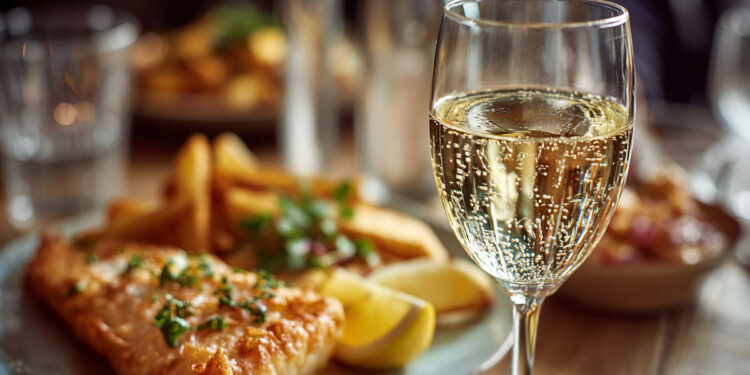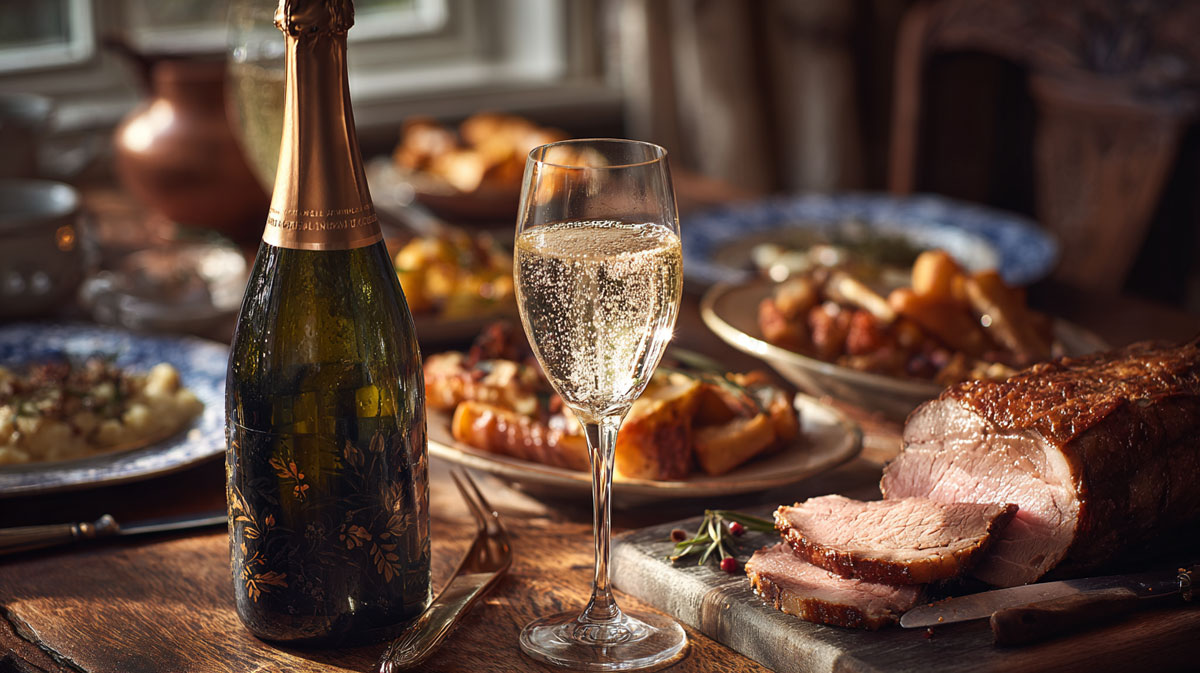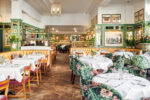The Art of Pairing Sparkling Wine With Classic British Dishes

Few styles of wine feel as celebratory – or as quietly versatile – as sparkling wine. Once reserved for toasts and high days, it has moved from the margins to the centre of British tables, finding an easy place alongside comfort classics and Sunday rituals. From Prosecco to Champagne and Cava, today’s sparkling wine offers a spectrum of styles that reward a thoughtful match. The result is not novelty but clarity: the right bottle can refresh the palate, lift familiar flavours and turn midweek suppers into small occasions.
The many faces and styles of sparkling wines
Prosecco, typically aromatic and light, is produced via the tank method, which preserves fruit and freshness. Champagne and its cousins Franciacorta and many Crémants are made using the traditional method, developing finer bubbles and layers of brioche or pastry from ageing on the lees. Cava sits in the middle ground – also traditional method, often crisp and citrus-led.
Why bubbles work
Acidity, freshness and effervescence are the three levers that make sparkling wine so adaptable.
• Acidity cuts through fat.
• Bubbles cleanse the palate.
• Brisk fruit tones amplify seasoning without overwhelming it.
Dryness levels matter, too: Brut and Extra-Brut feel taut and saline, while Demi-Sec brings a gentle sweetness that can flatter salt or spice. Structure varies – lean Blanc de Blancs for delicacy, fuller rosé for savoury depth – allowing a match for dishes across the table.
Pairing sparkling wines with British classics
• Fish and chips – a textbook partner for Prosecco. The crispness and lively mousse slice through batter and oil, letting the cod’s sweetness and the vinegar’s tang stand clear.
• Sunday roast (beef or lamb) – a dry sparkling rosé brings berry fruit and gentle tannic grip from Pinot skins, meeting roasted edges and jus without dulling the meat’s savour.
• Shepherd’s pie – opt for more structure: Champagne Brut or Franciacorta has the weight and savoury autolysis to cut through mashed potato and rich, slow-cooked fillings.
• Cheddar and Stilton – the sweet-salty counterpoint thrives with Demi-Sec sparkling wine. A touch of residual sugar softens blue mould sharpness while the bubbles keep things buoyant.
• Afternoon tea (scones and petits fours) – a Demi-Sec sparkling rosé echoes red-fruit jams and balances cream and pastry without crowding delicate textures.
How to choose the right bottle of sparkling for every occasion
• Match sweetness to the plate – lean, savoury dishes favour Brut or Extra-Brut; salt-forward or lightly sweet plates welcome Demi-Sec for balance.
• Think rosé for savoury depth – sparkling rosé, with its red-fruit profile, stands up to roast meats, char and earthy herbs.
• Use Blanc de Blancs for delicacy – Chardonnay-led cuvées offer citrus, chalk and finesse that flatter shellfish, white fish and simple grilled vegetables.
Sparkling wines serving notes
Temperature shapes texture. Well-chilled is essential, but not ice-cold: aim for 6–8°C for lighter styles and 8–10°C for structured traditional-method wines. A white-wine glass rather than a narrow flute lets aromatics unfurl, especially with food. One final point: a second bottle rarely goes to waste when pairing across courses – the style’s natural refreshment encourages measured, appreciative sipping.
Why pair sparkling wine with your favourite British dish?
Sparkling wine is not merely a festive flourish; it is a working companion to everyday British cooking. Whether it is the clean line of Prosecco with fish and chips or the quiet authority of a Champagne Brut alongside shepherd’s pie, the right match can make the familiar feel newly defined. Readers wishing to explore styles and producers can browse an evolving selection of sparkling wines from Svinando – an invitation to experiment, course by course, glass by glass.










